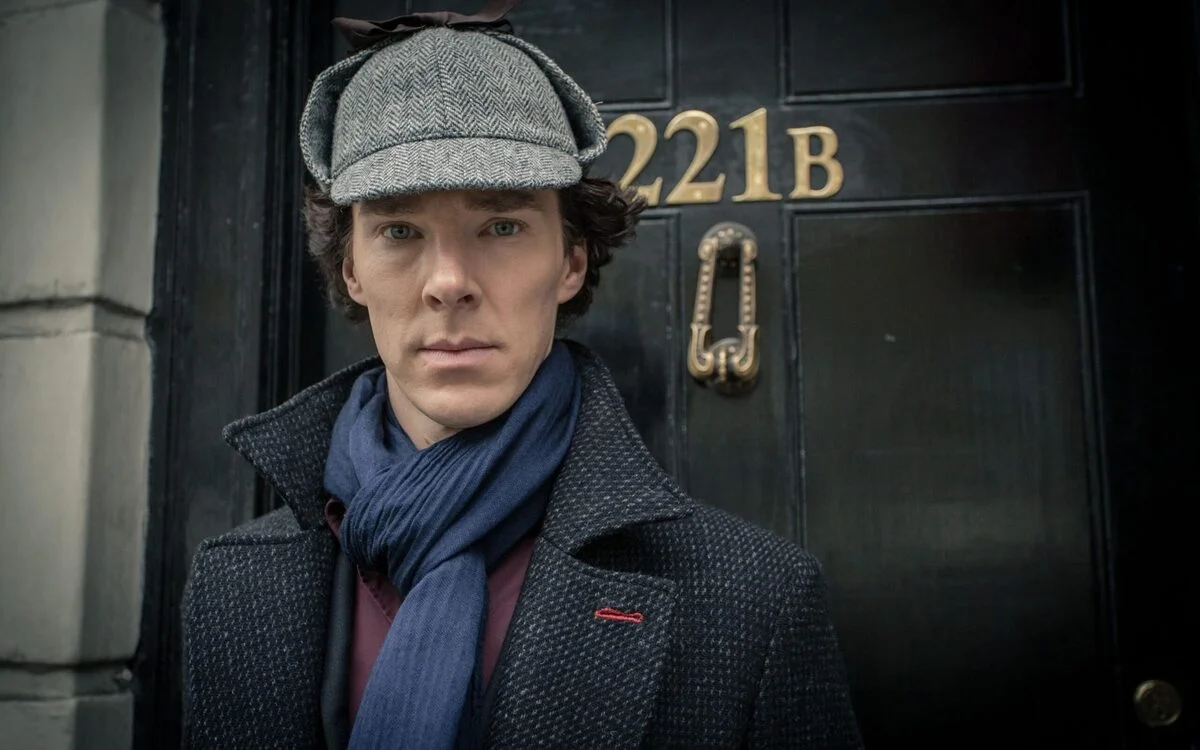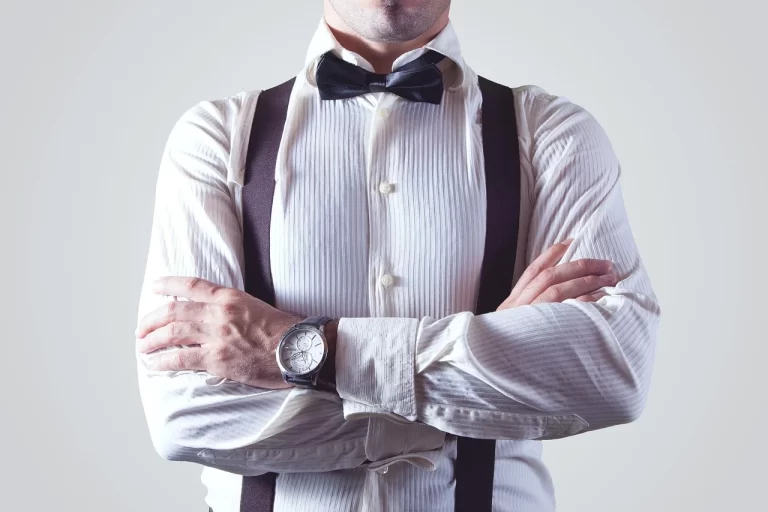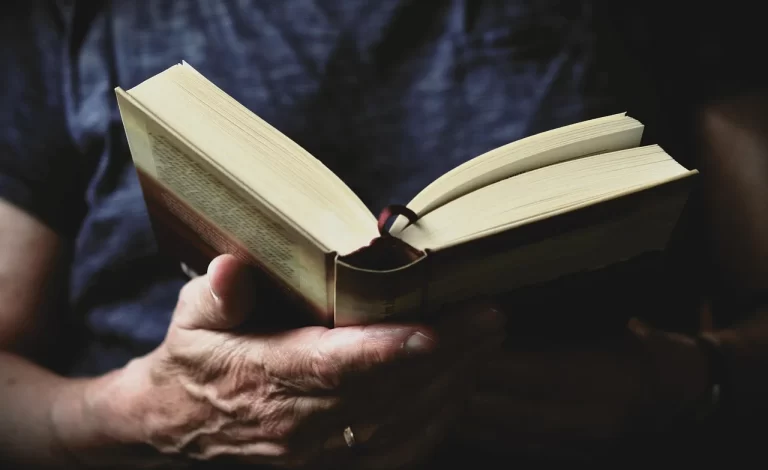Literature has long served as a mirror to society, reflecting cultural ideals, conflicts, and aspirations. But beyond shaping thoughts and ideologies, it has also significantly influenced how we dress, behave, and even see ourselves.
Among the many impacts literature has had on popular culture, the development of iconic character styles stands out as a powerful force in shaping visual identity.
Characters like Sherlock Holmes, Jay Gatsby, and Count Dracula have transcended the pages of their respective books, imprinting themselves into our cultural imagination—often as much for how they look as for who they are.
Sherlock Holmes: The Birth of the Deerstalker and Beyond
When people hear the name Sherlock Holmes, a particular image almost instantly comes to mind: a man in a tailored coat, a deerstalker cap, holding a magnifying glass or pipe. Interestingly, much of this iconic ensemble wasn’t detailed by Sir Arthur Conan Doyle himself but was developed through early illustrations and stage adaptations.
The Power of Illustration
The character’s defining look was significantly shaped by Sidney Paget, an illustrator for The Strand Magazine where Holmes’ adventures were first published. Paget’s illustrations, which introduced the deerstalker cap and Inverness cape, established a visual style that endures to this day. Despite Doyle never mentioning Holmes wearing a deerstalker in London (a countryside accessory), Paget’s imagery became canonical.
The pipe and hat, paired with sharp eyes and a hawk-like profile, transformed Holmes into a symbol of intellect, British gentility, and detective prowess. The influence of this image can be seen in everything from Halloween costumes to advertising, where the “detective look” often borrows heavily from Holmes’ aesthetic.
Evolution in Media
Film and television adaptations over the years have played a significant role in cementing and evolving Holmes’ style. From Basil Rathbone’s wartime portrayal to Benedict Cumberbatch’s modern minimalist version in BBC’s Sherlock, the look has been adapted to fit the times while retaining key elements. Cumberbatch’s long coat and silk scarf became fashion statements, showing how the Holmes image continues to adapt while retaining its symbolic roots.
Jay Gatsby: The Jazz Age Gentleman
F. Scott Fitzgerald’s The Great Gatsby introduced readers to Jay Gatsby, a man whose lavish lifestyle and enigmatic persona became synonymous with the opulence of the 1920s. While the novel is a commentary on wealth and illusion, Gatsby’s appearance also became emblematic of Jazz Age fashion.
Defining the Dapper Look
Gatsby’s wardrobe is detailed with care—his pink suits, gold cufflinks, and linen shirts are not just signs of wealth but tools of reinvention. He dresses to impress and to construct a new identity. The 1920s style he represents—three-piece suits, slicked-back hair, and polished shoes—has become a staple of vintage elegance.
Lasting Influence
The 2013 film adaptation starring Leonardo DiCaprio reignited public interest in Gatsby-inspired fashion. The Great Gatsby-themed parties and weddings that followed often emphasized the dandyism, flapper dresses, and ornate accessories featured in the book and film. Gatsby’s look has become a template for formalwear inspired by historical glamour.
Count Dracula: Gothic Style Reimagined
Bram Stoker’s Dracula didn’t just define vampire literature—it also created a fashion archetype that has evolved through generations.
Dark Elegance
Stoker describes Dracula with sharp features, a long mustache, and formal evening wear. While his appearance is more grotesque in the book than the elegant figure seen today, early film portrayals—especially Bela Lugosi’s Dracula in 1931—introduced the tuxedo, cape, and slicked-back hair that have come to define the vampire aesthetic.
Cultural Impact
This look, with its blend of mystery, danger, and sophistication, influenced not just Halloween costumes but entire fashion subcultures. The Gothic style, characterized by dark colors, lace, and Victorian silhouettes, owes much to Dracula’s literary origins. Today, brands and designers frequently draw on this visual language to convey allure and timeless darkness.
Elizabeth Bennet and Jane Eyre: Modest Icons of Feminine Strength
While male characters often get credited with shaping iconic looks, literary heroines like Elizabeth Bennet (Pride and Prejudice) and Jane Eyre (Jane Eyre) have also left indelible marks on fashion and cultural expectations.
Subtle Elegance
Elizabeth Bennet, with her Regency-era attire of empire waist gowns, bonnets, and delicate gloves, helped define a look that is still romanticized today. The recent popularity of “cottagecore” fashion—with its emphasis on natural fabrics, vintage silhouettes, and rural simplicity—echoes the aesthetic associated with Austen’s characters.
Jane Eyre, meanwhile, exemplifies a more subdued and introspective style. Her plain dresses, often interpreted as a symbol of moral integrity and intellect, have influenced portrayals of the “literary intellectual” look in fashion—functional, modest, and quietly dignified.
More Than Clothing: Style as Characterization
What these characters share is not just memorable fashion, but a consistency between how they look and who they are. Their appearance is an extension of their personality, values, and social role. The detective, the aristocrat, the vampire, the intellectual—all these archetypes are enhanced by carefully crafted visual cues that readers and viewers internalize and replicate.
This consistency creates a blueprint for character recognition across media and generations. Even without reading the books, people can often identify these characters based solely on visual references.
The Role of Adaptation and Merchandise
Adaptations in film, television, and theater have been instrumental in reinforcing and redefining these iconic looks. Costume designers interpret textual descriptions into visual reality, influencing how audiences perceive characters. Additionally, merchandise—ranging from themed apparel to figurines—helps solidify a particular visual version of the character in popular culture.


